Weiss DAC502 Review, Part 2: DSP Tools, Upsampling Tests & System Tweaks
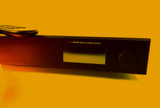
I’m a bit of an audiophile tweaker. And by that I don’t mean strung-out junkie, or worse, but I mean that I like to make tiny improvements all over my system, constantly, almost as if by involuntary compulsion. It’s something of an addiction, I willingly admit.
And it’s not just small things, like expensive fuses or complicated feet, although I’ve covered those bases, you can be sure of that. I design and build all of the cabling for my system. Regenerators, linear power supplies, and silver power cables all work toward a clean signal in this tweaked-out setup.
I had recently brought home a Nordost gadget called the QPoint, and I found it to have a very positive effect on the DAC502. I noticed that the PCB housing the DAC chips, regulators and output stages on the DAC502/501 have their SMD parts arranged in something of a circle that perfectly matches the size of the curious “Q” device from Nordost.
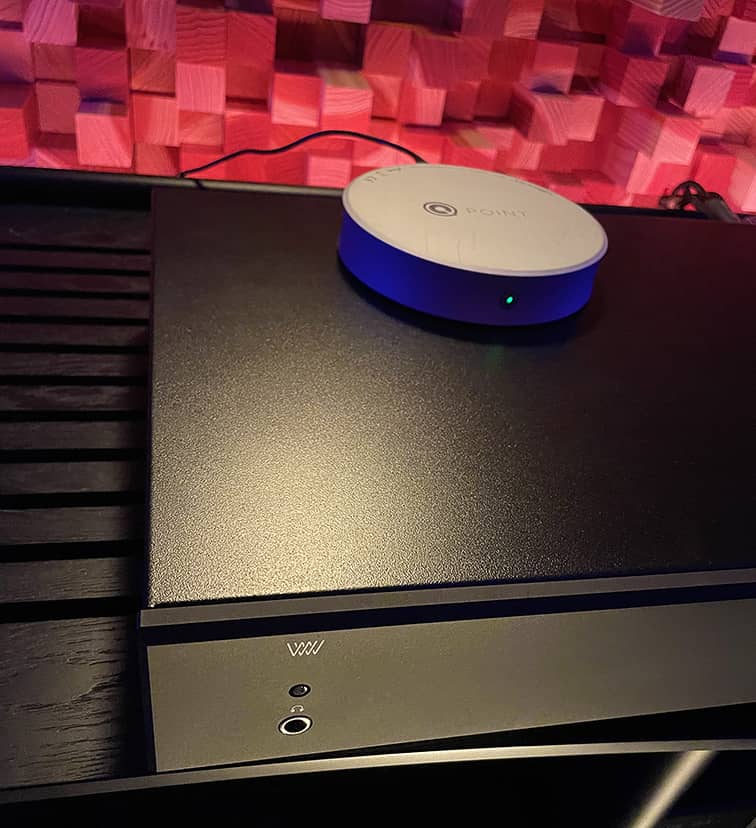
Saving the fine particulars for a later blog or review, I’ll just summarize that the QPoint’s job is to project a specific, target RF resonance across all elements in an audio circuit, ostensibly to shift and synchronize the various individual resonances that already exist across components.
Perhaps the DAC’s layout allowing full coverage of the generated field played into the intensity of the effect on the DAC502, but the sound was very positively affected by the QPoint.
I found myself switching between modes (different calculated RF frequencies) and hearing major changes in the way the delicate soundstage was composed. Blue LED mode let the details shine in a more 2D, but very wide portrait of presentation, but I found myself drawn to the more 3D arrangement of the green LED mode. This must be DAC and system-specific, because I usually prefer the blue mode on my DirectStream.
As is my wont, I continued on with digital tweaks, and tried a number of different upsampling options for the DAC502 in Roon. I tried streaming DSD128, but the lowest-speed and lowest-noise ports on my Nordost QNet switch struggled to blast that kind of bandwidth. Frankly, I was surprised that DSD64 could stream beautifully without interruption through the QNet’s 100Mbit ports, but it certainly did.
After some listening, I concluded that I preferred to feed the converter the native sample rates and let it convert only once to the magical “about 195KHz” clock speed. Whether this shows that Roon’s conversion isn’t without some consequences (there’s no free lunch in audio, after all), or that the signal has no need for refinement in the Weiss DAC, or something else entirely – I’m not sure.
DSP
My digital fiddling moved on to the unit itself, accessing the included DSP modules through the small but workable touchscreen. Calling them “modules” where elsewhere they might be considered “plugins,” Weiss’ excellent-sounding software creations are not to be overlooked, and are as impressive as any element of the machine.
In the DSP section, reading the words “vinyl emulator” instantly piqued my curiosity. Engaging this plugin elicits a response of “aha” recognition of certain analog experiences. I’ve heard exquisite analog reproduction that kicks the crap out of digital, but this is more of a reliving of early audio experiences on compromised turntable setups. I didn’t turn off the effect immediately, and it was fun to play with and listen to its effect on various recording styles.
Also of note in the DSP suite is the Crosstalk Canceling module, which allows audiophiles to experience binaural recordings on speaker systems rather than only via headphones. This is a clever idea, and opens up a ton of new music experiences… Chesky Records’ high-resolution offerings come to mind.
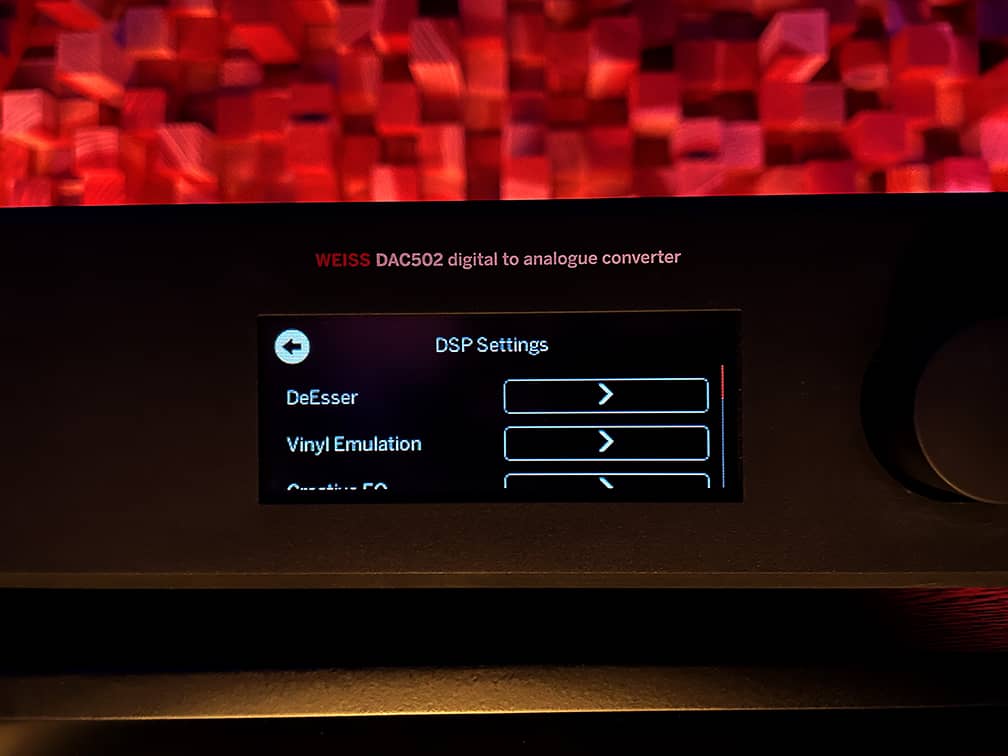
The equalizer module sounds as natural to me as any advanced plugin I’ve used in my recording and mastering engineer work. This is no small feat, as I’ve gone through countless plugins over the years to find ones that my ears find to be transparent. Weiss’ implementation is excellent.
Overall, for me, the DSP feels like icing on the cake for a DAC that paints such a rich sonic picture on its own. If I were to own a Weiss, I’m not sure how much I’d end up using the DSP section. Still, given the company’s lengthy experience in the design of such digital processing programs, I certainly don’t mind having the options available.
DSP in the digital realm before conversion to analog is one of those “get out of jail free” cards available to the audiophile. Ideally, you want a system setup that works well enough with the room to require only linear sources and amplification. But in reality, most of us are making the best of where the system is allowed to exist. DSP done well can be a hero in these situations.
DSP with no phase consequences, and no added inductance or worse – capacitance – on the signal before gain is one of those great modern audiophile tools. Tools, if you’ll remember, Daniel Weiss helped pioneer.
But again, the DAC502’s naked sonic essence is, I believe, the highlight of the DAC, and the cleanliness of conversion is the reason any serious audiophile would want to spend almost $11,000 on this instrument.
Sound Comparison
Compared to my tweaked-out PS Audio DirectStream DAC, the Weiss DAC502 sounded more alive and natural, with better detail in the center of the soundstage. Compared to a prototype, not-yet priced but likely much-higher-priced DAC that I will get murdered for saying more about, the Weiss had a more pleasing top end and an ever-so-slightly wider soundstage.
The DAC502 responded easily to better cabling and vibration reduction, and kept improving as the system was improved around it. The shootouts showed an upside suggesting a higher value than the prodigious investment of the Weiss, and that these levels of digital audio are possible. Now is the best time to invest in digital-based systems, which can rival some of the best that analog has to offer.
One thing I find interesting about my DS DAC comparison at home is that Weiss and PS Audio appear to use the same streaming module that enables their DACs to be Roon endpoints, which is a board made by a company called Convers Digital. So when I used the exact same interconnects (with the same amount of hours), as well as the same power cables and the same Ethernet cable coming from the same ultra-quiet ports of the QNet switch from Nordost, I was matching the two very closely, and getting a very clear understanding of the nature of the sound of the DAC.
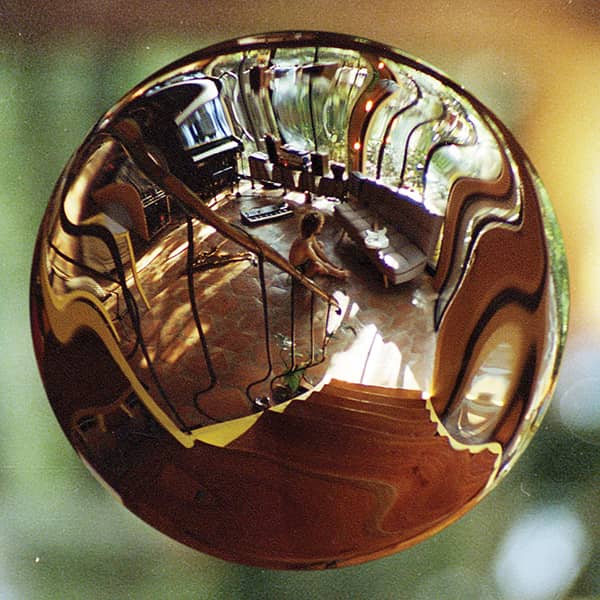
The issue in fully describing the sonic characteristics of the Weiss DAC502 is that it has very little that it adds to the sound. What you get is both a hyper-informational presentation where every recording sounds different (not just in tonal character but in ‘stage width and in phase dimension), and a clear view of the music that encourages you to forget about stereos and pay attention to what’s going on musically.
I find myself having nothing I can point to as a negative in the sound of the DAC502. And plenty that I can enthusiastically get behind.
Recent audiophile-worthy releases allow the Weiss DAC to skillfully showcase what’s great about modern digital recording. French producer and synthesizer and saxophone player FKJ’s latest release, V I N C E N T, is a dense treat that could give some audiophile D/A converters fits. How often have we heard that a HiFi product “sounds great on minimal combo jazz and chamber music, or solo guitar” but doesn’t exactly rock or do justice to electronic music?
The DAC502 eats up the funky and diverse grooves of this record and just chews through the dense stuff with ease. It shows the breadth of those soundstage dimensions, for example, on track 6, “IHM,” in the spacious recreation of room reverb that encloses the whole mix on that track. It certainly sounds like the instruments were recorded in an old chapel or something like it, but with digital processing being what it is today it could entirely be synthetic.
Was it mastered on a system featuring Weiss equipment? Hard to say.
Actually, it isn’t. The internet age is a beautiful thing. With a tiny bit of digging, I find that it was stem-mastered at Abbey Road studios by Oli Morgan. Abbey Road has five mastering rooms, three of which use Weiss equipment. So I’d say there’s a good chance it was.
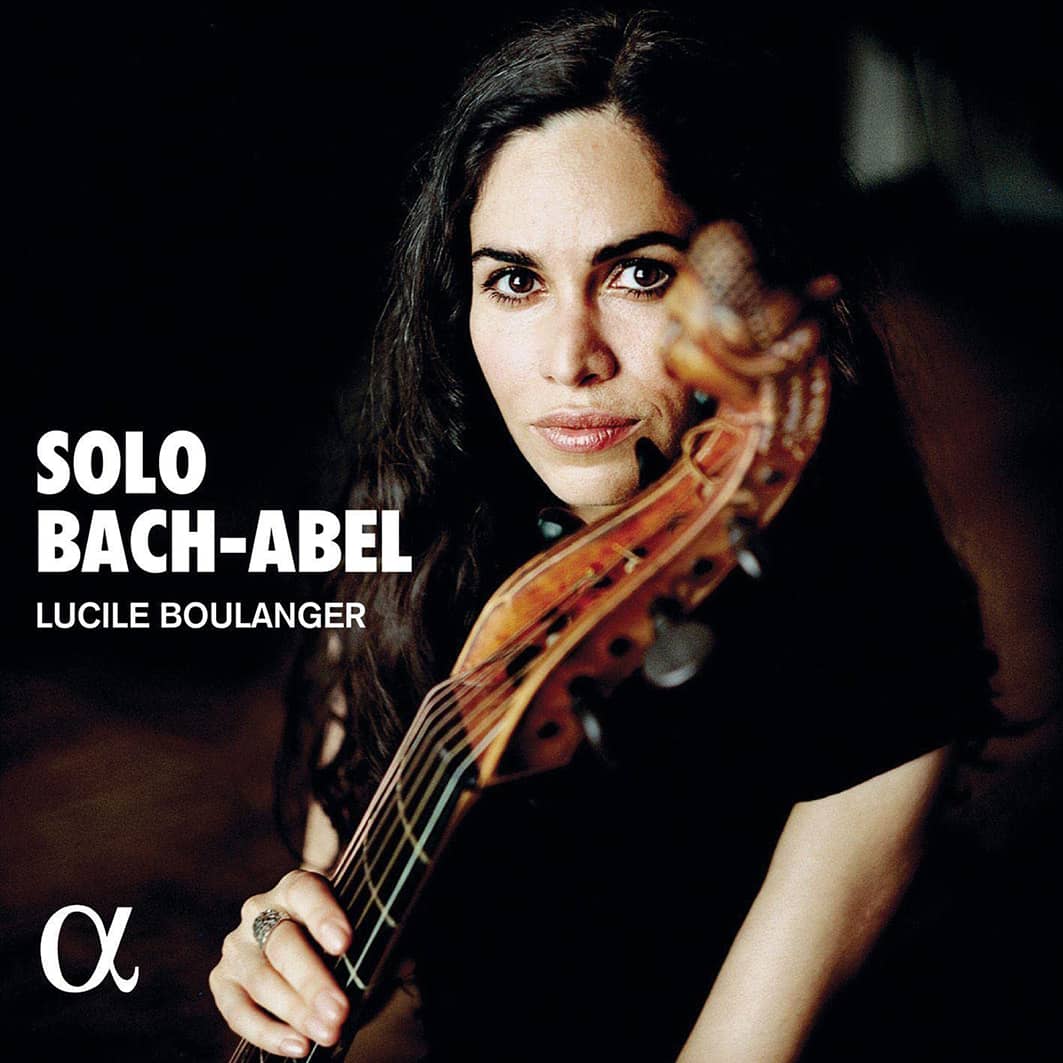 Shifting to the opposite side of the musical spectrum, why don’t we try one of those minimal chamber music recordings? French viol de gamba player, or “gambist,” Lucille Boulanger recently released a collection of both Bach compositions and those of Carlos Friedrich Abel, who was a master gambist and allegedly a friend of the Bach family. The album is called Solo Bach, Abel and is available on streaming platforms or high resolution download.
Shifting to the opposite side of the musical spectrum, why don’t we try one of those minimal chamber music recordings? French viol de gamba player, or “gambist,” Lucille Boulanger recently released a collection of both Bach compositions and those of Carlos Friedrich Abel, who was a master gambist and allegedly a friend of the Bach family. The album is called Solo Bach, Abel and is available on streaming platforms or high resolution download.
It’s a beautiful work that has just the right instrument-to-room balance that, on a well-tuned system, presents the performance space in fantastic dimensions. I’ve heard this record on plenty of systems now, and some have a tendency to project the viol de gamba instrument as slightly diffuse but expressive, placed just off center yet clearly articulate.
The Weiss clarifies that portion in the middle where the instrument dominates versus the room, and the DAC502 renders the gamba distinctly, realistically and objectively. It’s a much more understandable recording when played through the Weiss, and it takes this recording engineer’s mind off of the recording method and puts it back onto the music itself.
“Allegro WKO 207” is a favorite track, and the Weiss never portrays its energetic opening as too intense after the end of the previous track “Adante,” but instead lets the harmonic richness inherent in this track simply glow on the system it’s attached to. If it’s in the recording, the Weiss DACs will show it off. Honesty and transparency with no limitations getting there seems to be the gist of what I get out of this converter from the über-experienced Swiss engineer and his team.
Conclusion
At The Music Room, we are interested in truly excellent products that are impressive in some way, which come from reputable, stable brands, and deliver on the promise of upgrade or improvement.
Some new products need announcement, and some, like the Weiss, are total sleepers that folks need to know about. So I take the opportunity to dive in, find out what makes it tick, and report on how good it is in comparison to other gear whenever I think there is a serious standout device on hand.
The streamlined, “racing boat” kind of design approach of the DAC502 puts a jet engine on a skateboard, making this unassuming D/A converter a supercharged foundational system piece, even if it doesn’t draw attention to itself in the process. It doesn’t shout “I’m here and I’m expensive!” to the eyes, but experienced ears certainly hear a different tune.
Weiss’ DAC502, and DAC501 show that it’s not necessary to redesign the wheel in the conversion stage to get industry-leading sound. A chip-based DAC can beat or compete with ladder, FPGA, multibit, tube or other DACs – provided the traditional chip DAC uses state-of-the-art chips and there is high-end regulation throughout, advanced power supply isolation, superior jitter performance and proprietary DSP algorithms onboard.
Weiss products represent the top of the traditional digital game, which shouldn’t be surprising since Daniel Weiss was there helping develop the original conversion and processing game.
The DAC501 and DAC502 are music incarnate. They’re what an audiophile wants in the delicate source position of a high resolution HiFi system. My time with the sleek but handsome DAC502 made me crave listening sessions and try to seek out ambience-rich recordings like the Boulanger album or difficult, dense music like the FKJ.
It’s hard to describe how it sounds, because it sounds like the music being fed to it. Bass… is as it should be. As deep as it goes, as fast as it exists on the record. The top end bristles with life and information but never moves beyond pleasing in character. But it will show the smallest of system updates and changes, and in that way it’s a tweaker’s dream.
To most, the DAC502 and 501 will present like a speedboat, turning the throttle up on an audio system and doing so in a less flashy manner than its contemporaries, but zipping past nonetheless. Weiss has a contender if not a champion in its DAC502, and it is enthusiastically recommended for audition in any serious HiFi system.
Articles and More Gear From Weiss
For more on Weiss Engineering, read:
Searching for a used Weiss DAC? Browse Weiss DAC501, DAC502, and DAC204 units that have come through TMR’s consignment and trade-in program — all thoroughly tested, certified, and ready for reference-level playback.
Hear More. Learn More. Love Your System More.
Join thousands of music lovers who get weekly guides, expert insights, and exclusive offers from The Music Room.
